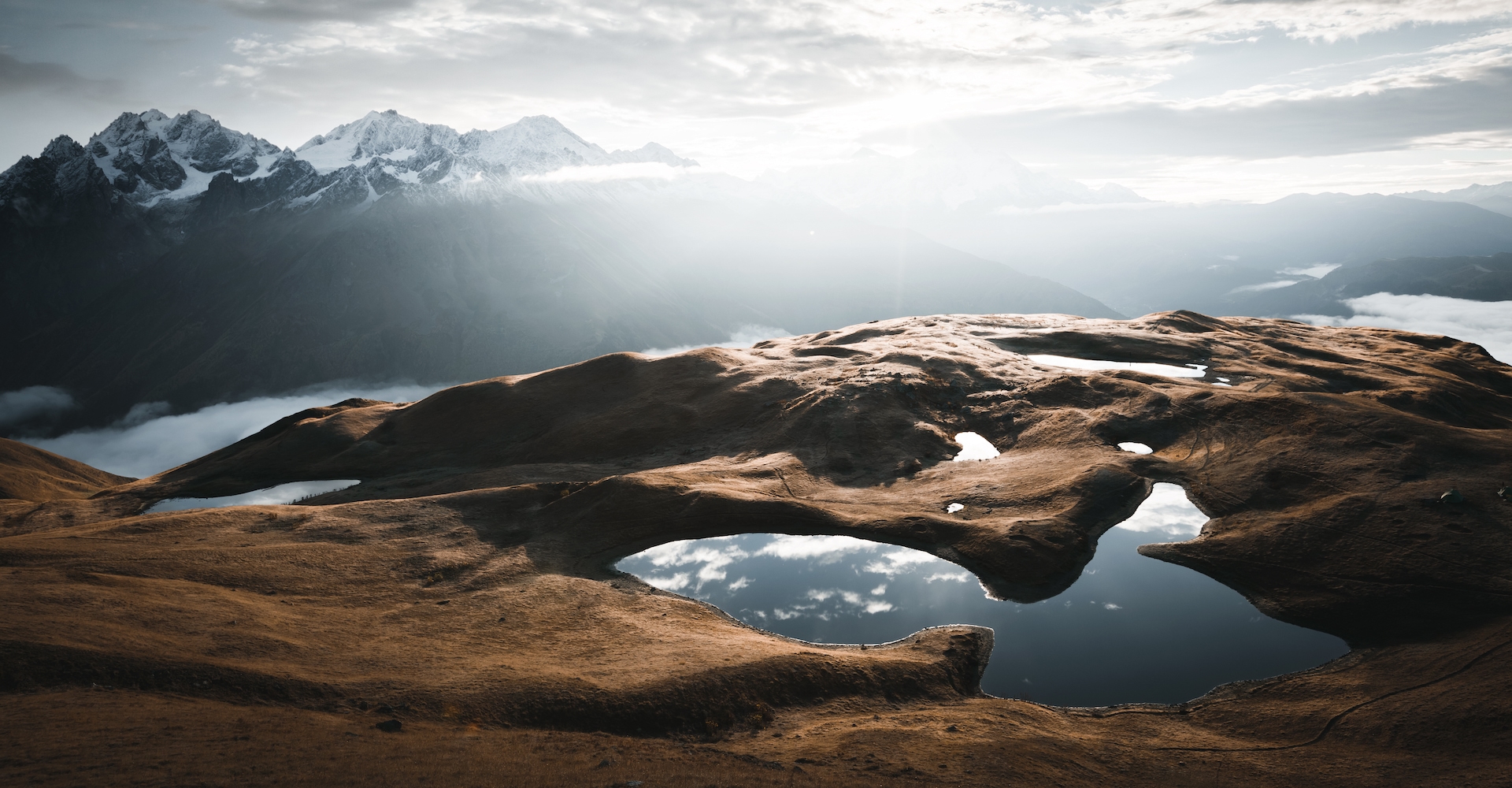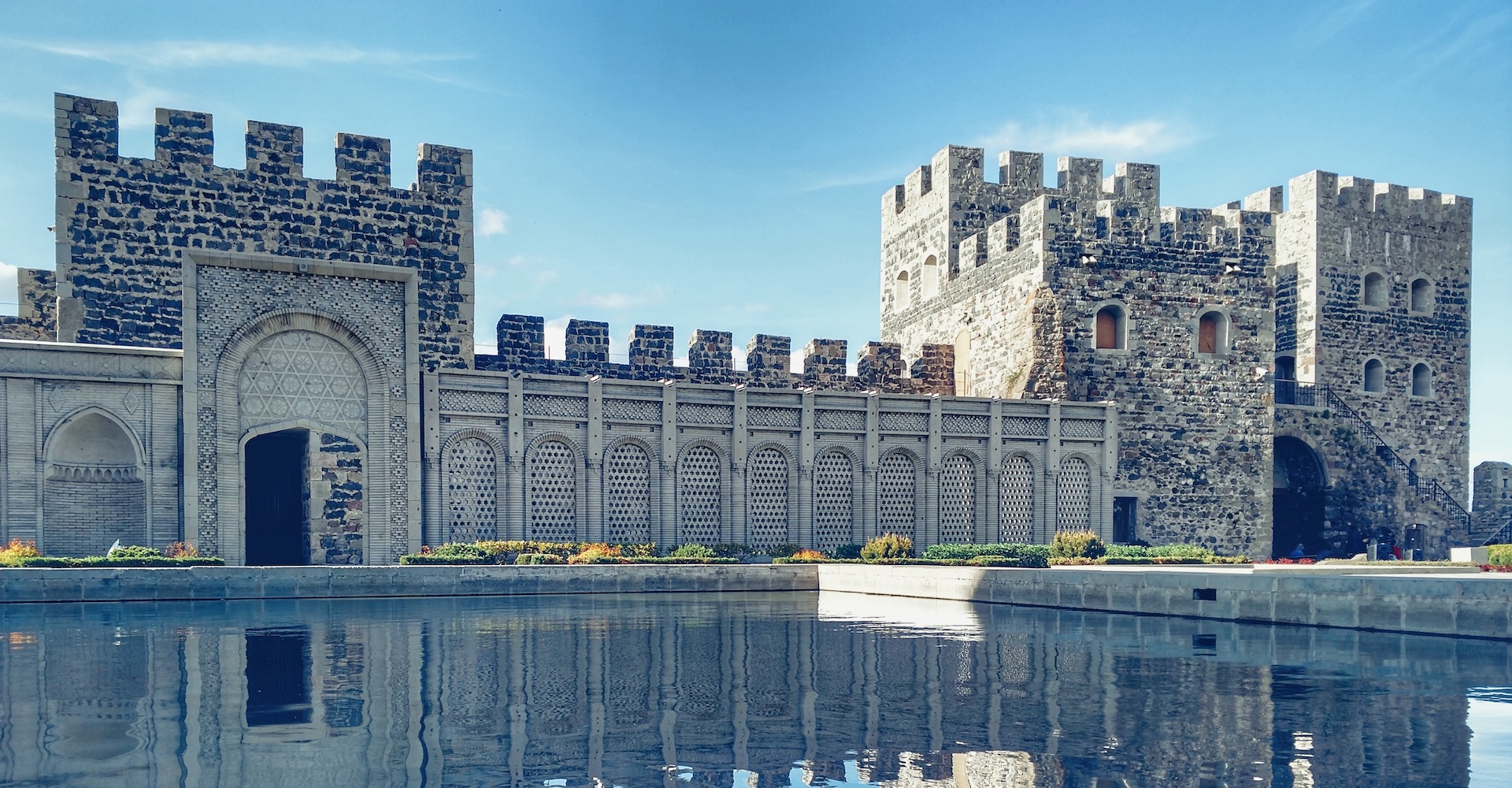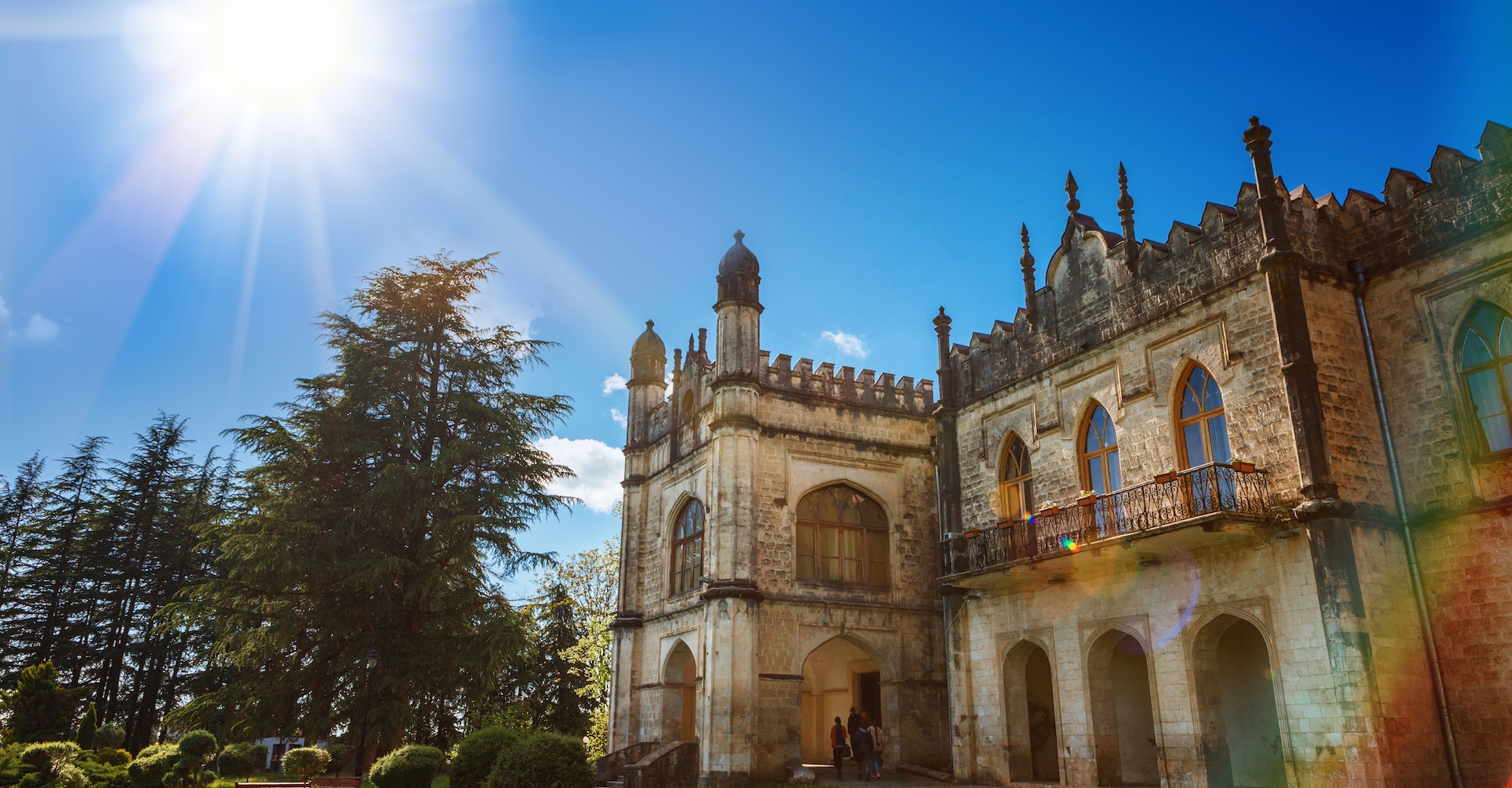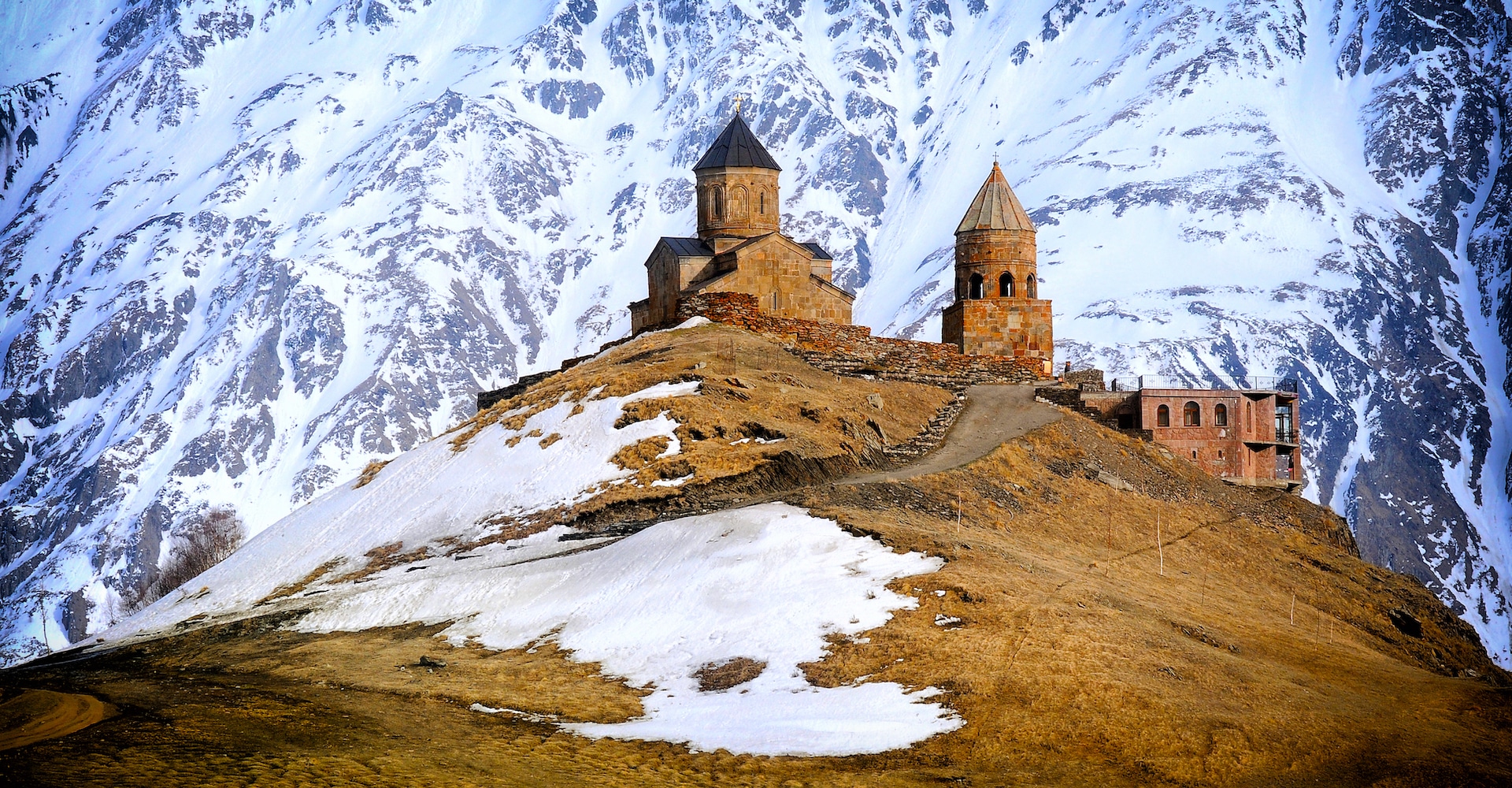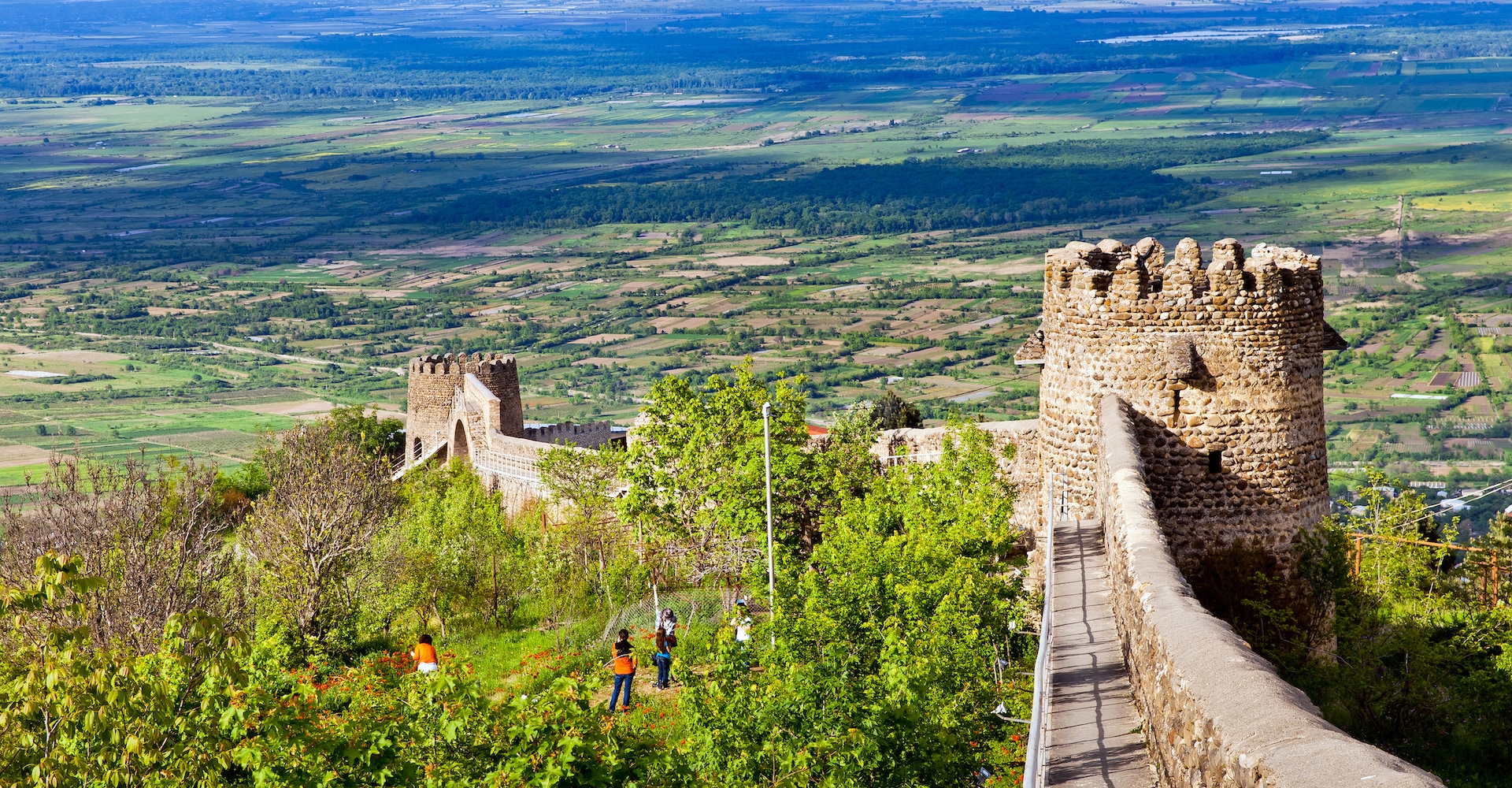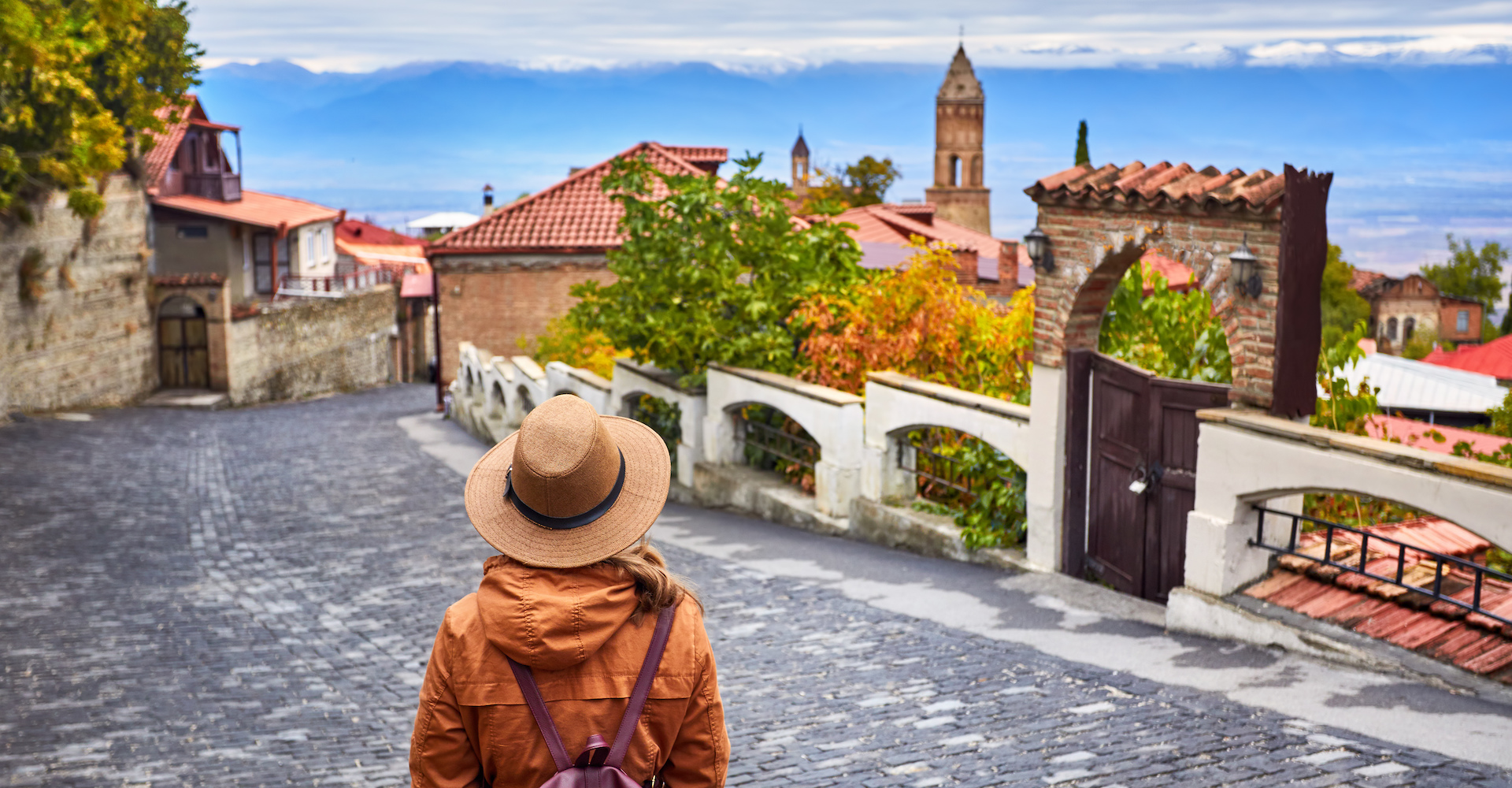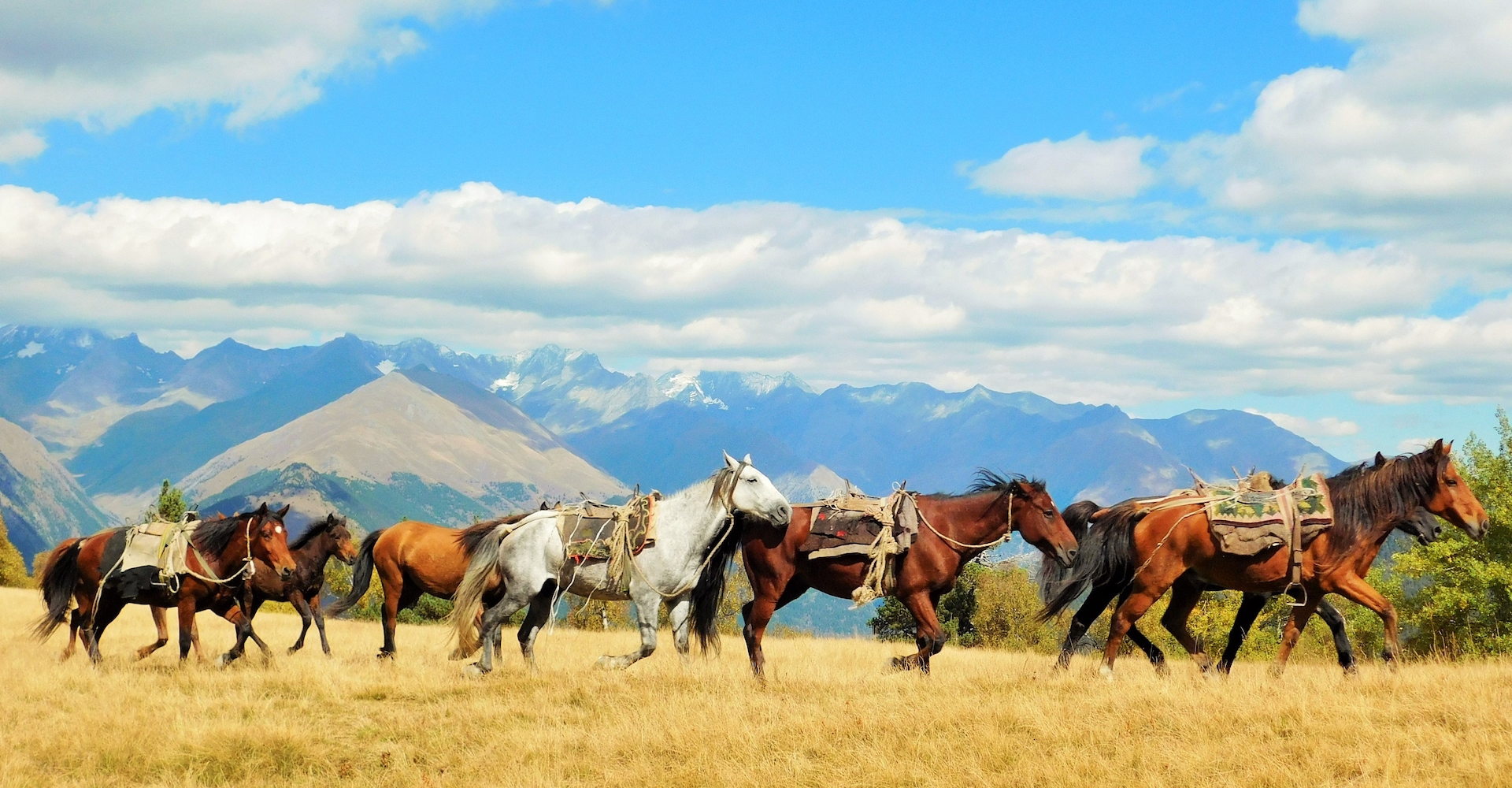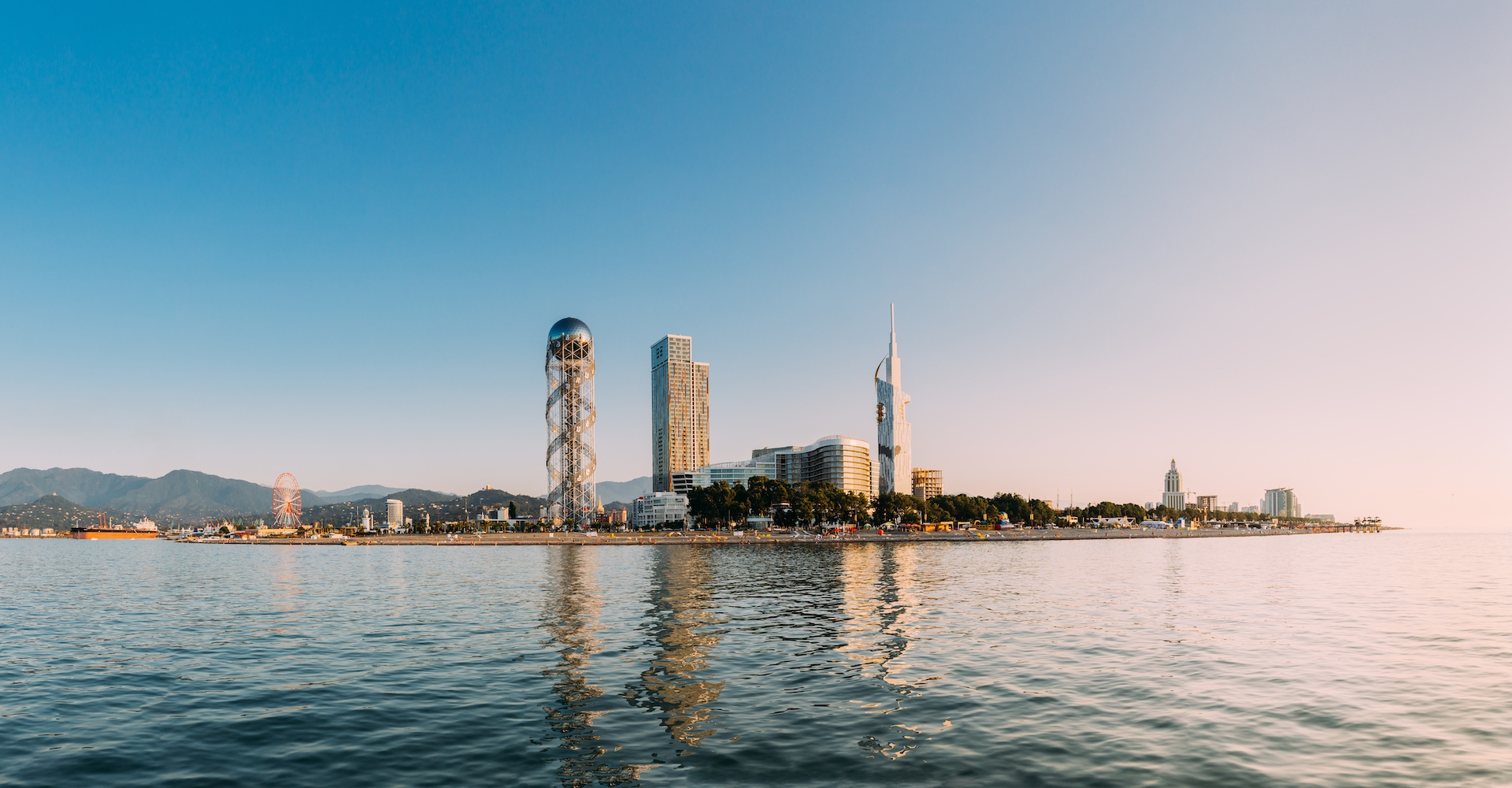The capital city with eternal charms of a dramatic setting in the deep valley of the swift Mtkvari River, picturesque architecture, an ever-lively arts and cultural scene and the welcoming Georgian lifestyle. Tbilisi is also a whole new 21st-century dimension place with inviting cafes and restaurants serving ever better food, up to date lodgings from backpacker hostels to international five-stars, funky bars and clubs, spruced-up museums, galleries, parks, plazas and whole streets, modernized transport and a sprinkling of eye-catching contemporary architecture.



